Assessing Lens Types
When considering how to buy ski goggles, lens type is paramount. Interchangeable lenses are ideal for varying light conditions, while polarized lenses work best to reduce glare. Cylindrical lenses and spherical goggle lenses offer different levels of clarity and peripheral vision.
UV Protection and Lens Tints
Most goggles come with UV protection to shield your eyes from harmful rays. The lens tints and mirrored lenses are not just for style; they help in enhancing contrast and visibility. Photochromic lenses adjust to light changes, providing optimal vision during any time of the day.
Compatibility with Helmets
Helmet compatibility is crucial for safety and comfort. Ensure that the goggle frames fit snugly with your helmet to prevent gaps. OTG goggles are designed to fit over prescription glasses, offering a convenient solution for those who need them.
Understanding Visible Light Transmission
The term visible light transmission (VLT) refers to the amount of light that passes through the lens. Low-light lenses with higher VLTs are better for flat light conditions, while dark lens options with lower VLTs are suitable for bright light conditions.

Peripheral Vision and Lens Shape
Spherical lenses offer better peripheral vision compared to cylindrical lenses. This can be a game-changer on the slopes, as it allows for a wider view of your surroundings. Large lenses also contribute to a broader field of vision.
Fog Prevention Features
Double lenses create a thermal barrier that reduces fogging. Look for anti-fog coatings and ventilation systems that help to circulate warm air out of the goggles. Triple-layer foam can also aid in managing moisture and keeping your vision clear.
Goggle Frame Fit and Ventilation
When selecting ski and snowboarding goggles, the fit of the goggle frame is a crucial factor that can't be overlooked. A well-fitting frame will ensure that the goggles sit snugly against your face, providing optimal comfort and preventing cold air or snow from getting in.
It's important to try on many lenses and frames to find the one that best suits your face shape. Some frames are designed with adjustable straps and padding to enhance fit, which can make a significant difference, especially if you wear them for extended periods.
In addition to fit, proper ventilation is essential to prevent the lenses from fogging up. Most high-quality snowboard goggles come with strategically placed vents that allow for airflow, reducing moisture buildup inside the goggles.
Anti-fog coatings are also applied to many lenses to further combat fogging. Remember, while one lens might have basic protection against fog, another might boast advanced anti-fog features, so consider your needs and the conditions you'll be skiing in when making your choice.
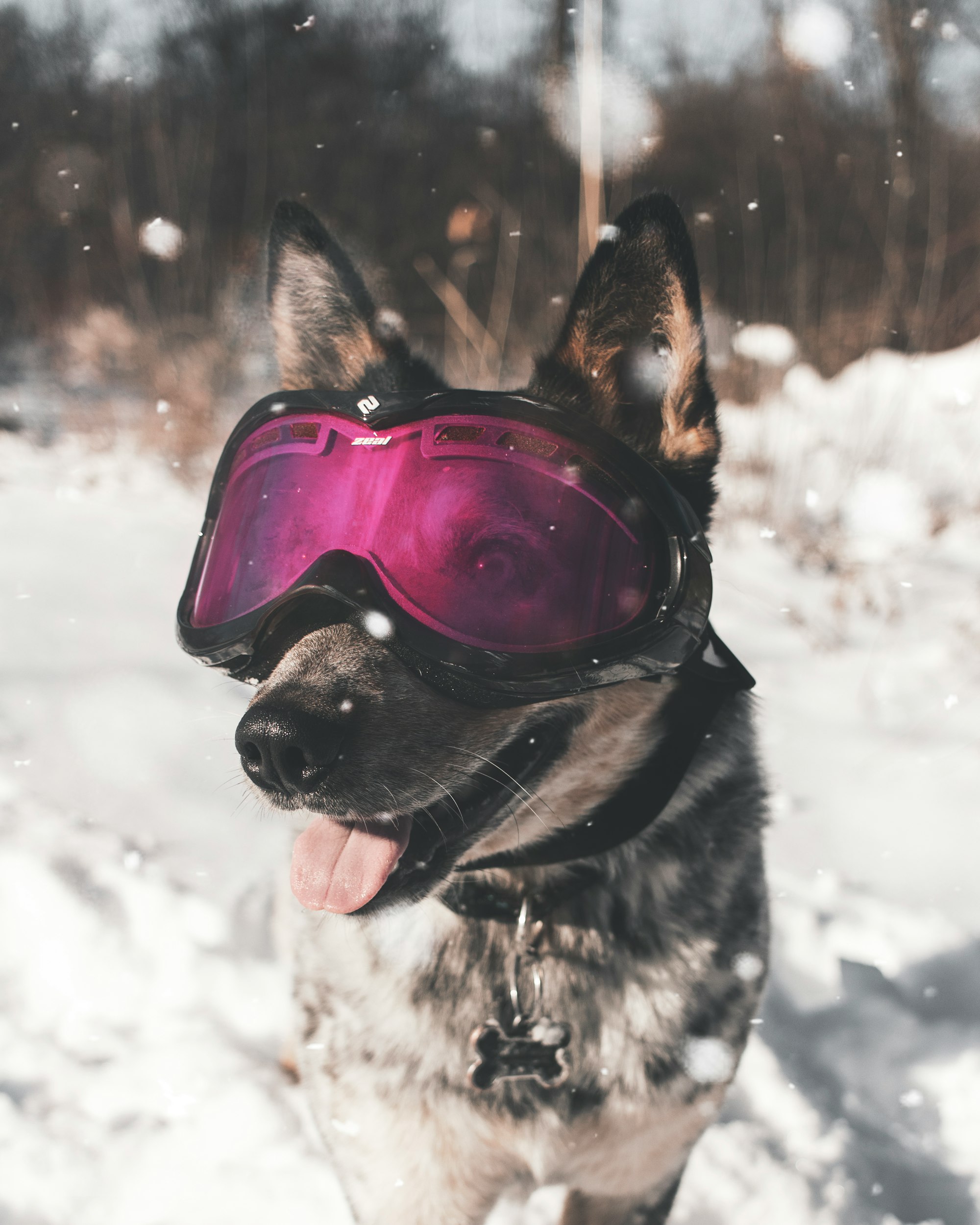
Goggle Lens Innovations
In the ever-evolving world of ski goggles, manufacturers are constantly pushing the boundaries of what's possible with goggle lens technology.
One of the latest innovations to hit the market is the integration of smart technology into the lens itself. Imagine a goggle lens that can adapt to changing light conditions in real-time, or display important information like maps or your speed directly in your line of sight.
These high-tech features not only enhance the skiing experience but also improve safety on the slopes by keeping essential data within the skier's immediate field of view.
Moreover, advancements in materials have led to the development of lenses that are not only more durable but also provide clearer, more accurate vision. The use of high-definition optics and specialized coatings has significantly reduced the distortion that can occur at the periphery of lenses.
This means that skiers can enjoy a wide, unobstructed view without the drawbacks that traditionally came with larger lenses. As a result, these goggle lens innovations are setting new standards for clarity and performance in challenging conditions.
The Science Behind Visible Light Transmission in Ski Goggles
When shopping for ski goggles, you'll often come across a term called visible light transmission (VLT). This percentage indicates how much light the lens allows to pass through to your eyes, which is crucial for adapting to various lighting conditions on the slopes.
A lower VLT is ideal for sunny days, as it means less light penetration, reducing glare and improving contrast. Conversely, a higher VLT is better for overcast or low-light conditions, allowing more light in so you can see the terrain more clearly.
Understanding VLT can significantly enhance your skiing experience. For instance, if you're planning a full day on the mountain with changing weather conditions, you might opt for a ski goggle with a VLT that sits in the middle range, offering versatility.
Some goggles even come with photochromic lenses that automatically adjust the VLT based on the light intensity.
This smart technology means you can ski without interruption, as your goggles adapt to the light levels in real-time, ensuring optimal visibility at all times.
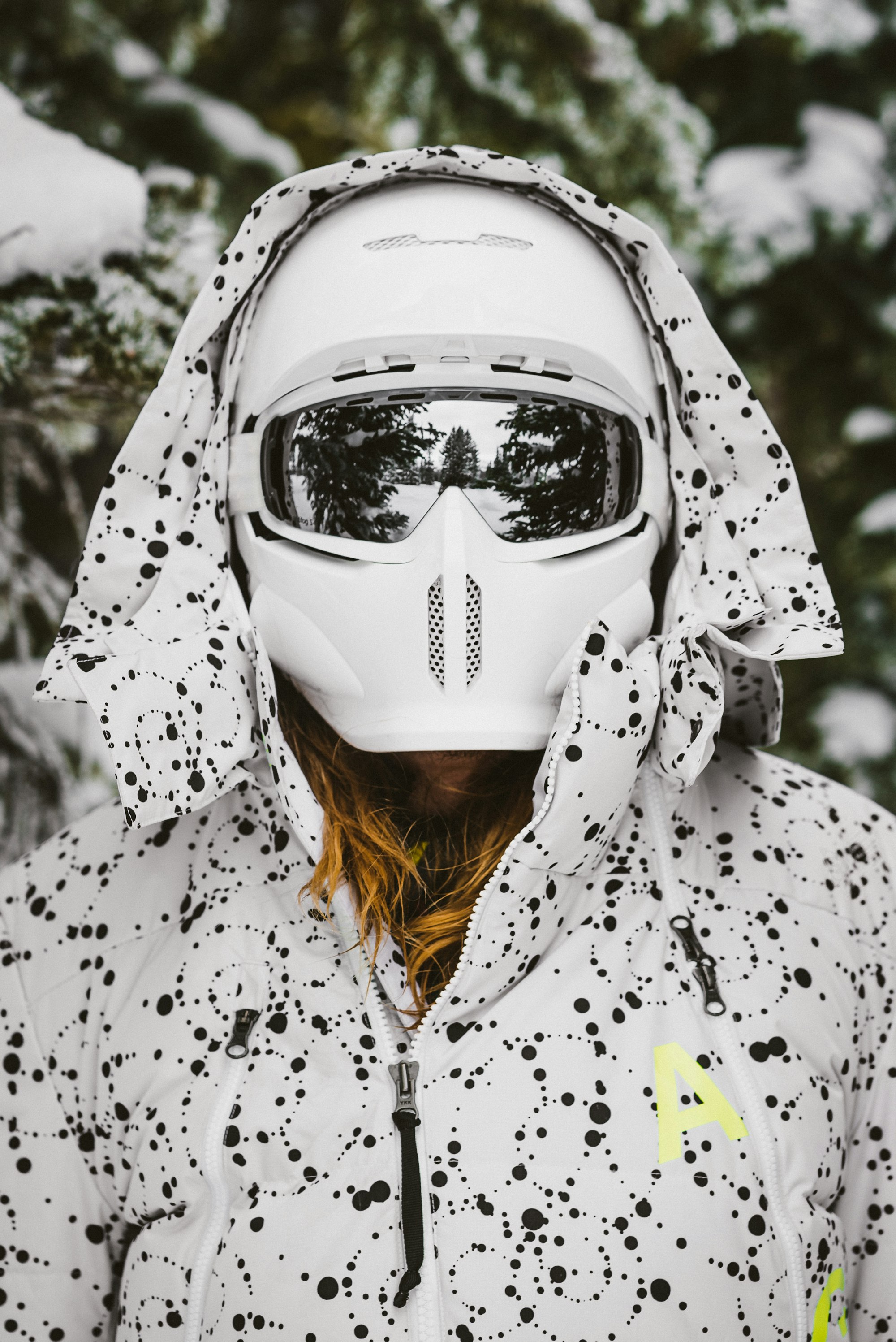
The Role of Anti-Fog Coatings in Enhancing Ski Experience
When you're barreling down a snowy slope, the last thing you want is your vision compromised by foggy goggles.
That's where anti-fog coatings come into play. These coatings are a game-changer for skiers and snowboarders alike, providing a clear line of sight regardless of the intensity of your activity or the weather conditions.
The science behind these coatings involves hydrophilic components that attract water molecules, spreading them thinly across the surface to prevent the formation of vision-obstructing fog.
Moreover, the effectiveness of anti fog coatings isn't just about immediate clarity; it's also about the longevity of your goggles. A good quality coating can withstand the test of time and repeated exposure to the elements.
This means you can invest in a pair of goggles with the confidence that they will serve you well for many seasons. It's important to note that while these coatings are durable, they do require proper care.
Always follow the manufacturer's instructions for cleaning and storage to maintain optimal performance.
Integrating Anti Fog Coatings with Other Goggle Technologies
Combining anti-fog coatings with other goggle technologies can create the ultimate vision protection on the slopes. For instance, pairing this coating with double-layered lenses creates an insulating air barrier that further reduces the chance of fogging.
This is because the temperature difference between the inside and outside of the goggles is minimized, which is a common cause of condensation.
In addition to layering technologies, many manufacturers are now integrating anti-fog coatings directly into the lens material during the production process. This integration ensures that the coating is evenly distributed and firmly adhered to the lens, providing consistent fog prevention throughout the goggle's lifespan.
By combining these advanced coatings with features like UV protection and variable light transmission, skiers can enjoy a safer and more comfortable experience on the mountain.
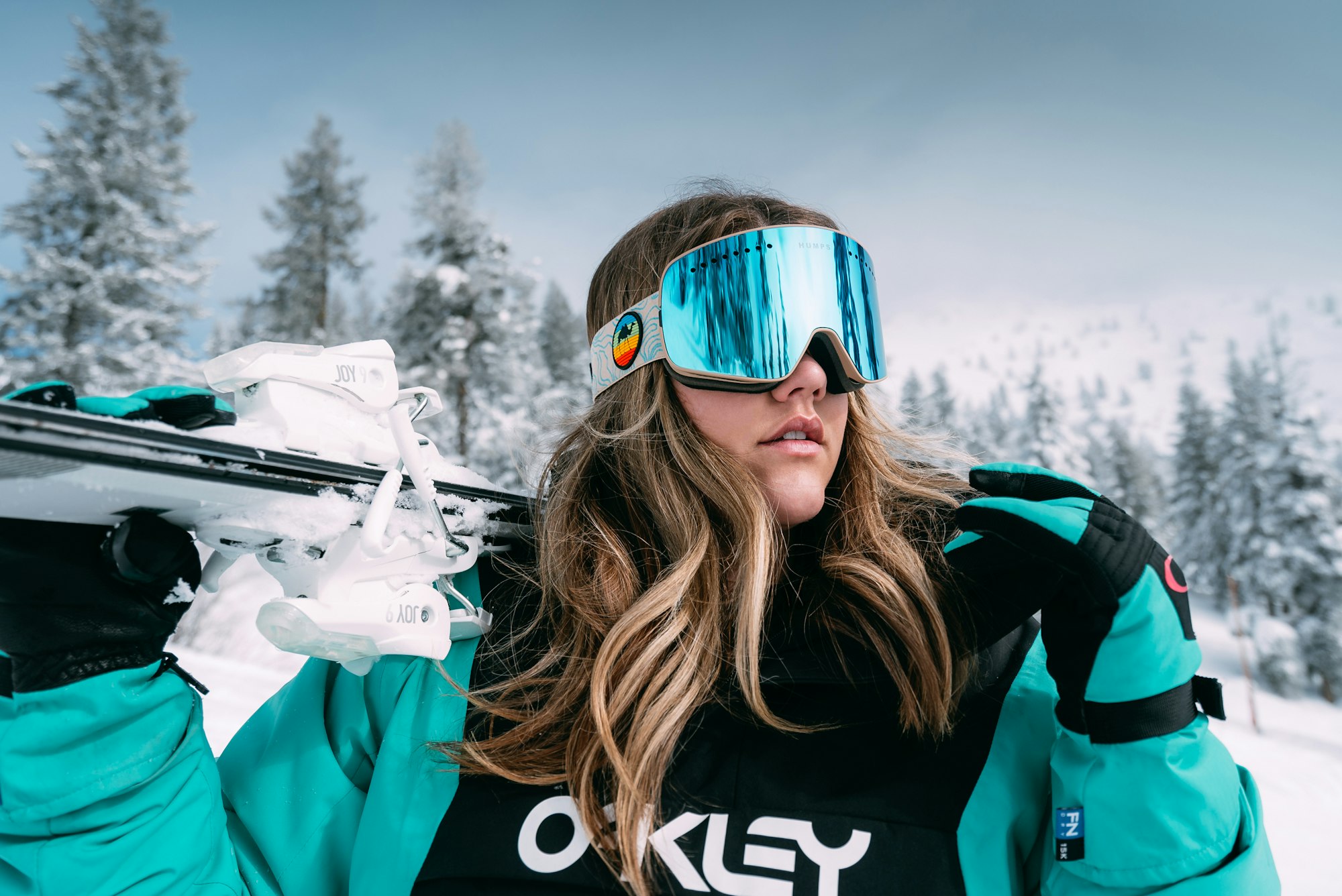
Maximizing Clarity with Anti-Fog Coatings
Fogging is a common issue that can impair your vision and put a damper on your ski adventures. That's where anti-fog coatings come into play.
These coatings are applied to the inner surface of the ski goggle lens and work by minimizing surface tension, causing any condensation to spread into a thin, less obstructive layer.
This technology is essential for maintaining clear vision, especially when you're working up a sweat or dealing with humid conditions.
But how do you ensure your anti-fog coatings last? Proper maintenance is key. Always use a soft cloth to clean your lenses and avoid wiping them when they're wet, as this can damage the coating.
Additionally, look for ski goggles that combine anti-fog coatings with adequate ventilation systems.
This dual approach helps to reduce moisture buildup inside the goggles, providing you with a fog-free view of the snowy landscape ahead, so you can focus on carving up the slopes with confidence.
Anti-Fog Solutions for Clear Vision
Fogging is a common challenge that skiers face, and it can severely impact visibility on the slopes. To combat this, the latest ski goggles come equipped with advanced anti-fog coatings that are designed to keep your vision clear, regardless of how intense your activity gets.
These coatings work by minimizing the surface tension of water, causing any condensation to spread into a thin, uniform layer that doesn't obstruct your view.
This technology is a game-changer for skiers who need to maintain clear vision in humid conditions or during strenuous runs.
In addition to coatings, some ski goggles now feature sophisticated ventilation systems that further reduce the likelihood of fogging. These systems are engineered to create a constant airflow across the inner surface of the goggle lens, which helps to dissipate any moisture before it can condense into fog.
When combined with anti-fog coatings, these ventilation systems ensure that your goggles remain fog-free, allowing you to focus on the thrill of skiing without the distraction of impaired vision.

Lens Technology Advancements
The technology behind goggle lenses has come a long way, offering skiers and snowboarders enhanced visual clarity and safety on the slopes. A photochromic lens, for example, is a type of lens that automatically adjusts to changing light conditions.
This means you can have one lens that darkens in bright sunlight and lightens in overcast conditions, which is incredibly convenient and can improve your performance by providing consistent visibility.
Another technological advancement is the spherical lens. Unlike a cylindrical lens, a spherical-shaped lens mimics the curvature of the human eye, providing a wider field of vision and reducing glare from the sun and reflections off the snow.
This design also helps in minimizing optical distortion. When combined with coatings that filter out harmful UV rays, these lenses offer not just clearer vision but also essential protection for your eyes, making them a smart investment for any serious skier or snowboarder.
Adjusting for Weather Conditions
Swapping lenses according to weather conditions is essential. Bright sunny days require a second lens that can handle the light intensity, while night skiing might call for clear lenses. Multiple lenses in your kit mean you're prepared for any change in weather conditions.
Comfort and Fit
The adjustable strap should fit comfortably around your head or helmet. Triple layer foam provides a cushion against your face, while also serving as an insulator against the cold weather. New goggles should not pinch or leave marks on your face.
Durability and Quality
Research goggle manufacturers to ensure you're getting a quality product. Oakley Flight Deck and other reputable brands offer durable options with a variety of lens features. Investing in a well-made pair of goggles can save you money in the long run.
Choosing the Right Lens Color
Lens color can impact how much light your eyes receive. Bright conditions call for less light to enter, while low light or overcast days require more light. Mirrored lenses can also help to reduce glare and eye fatigue.
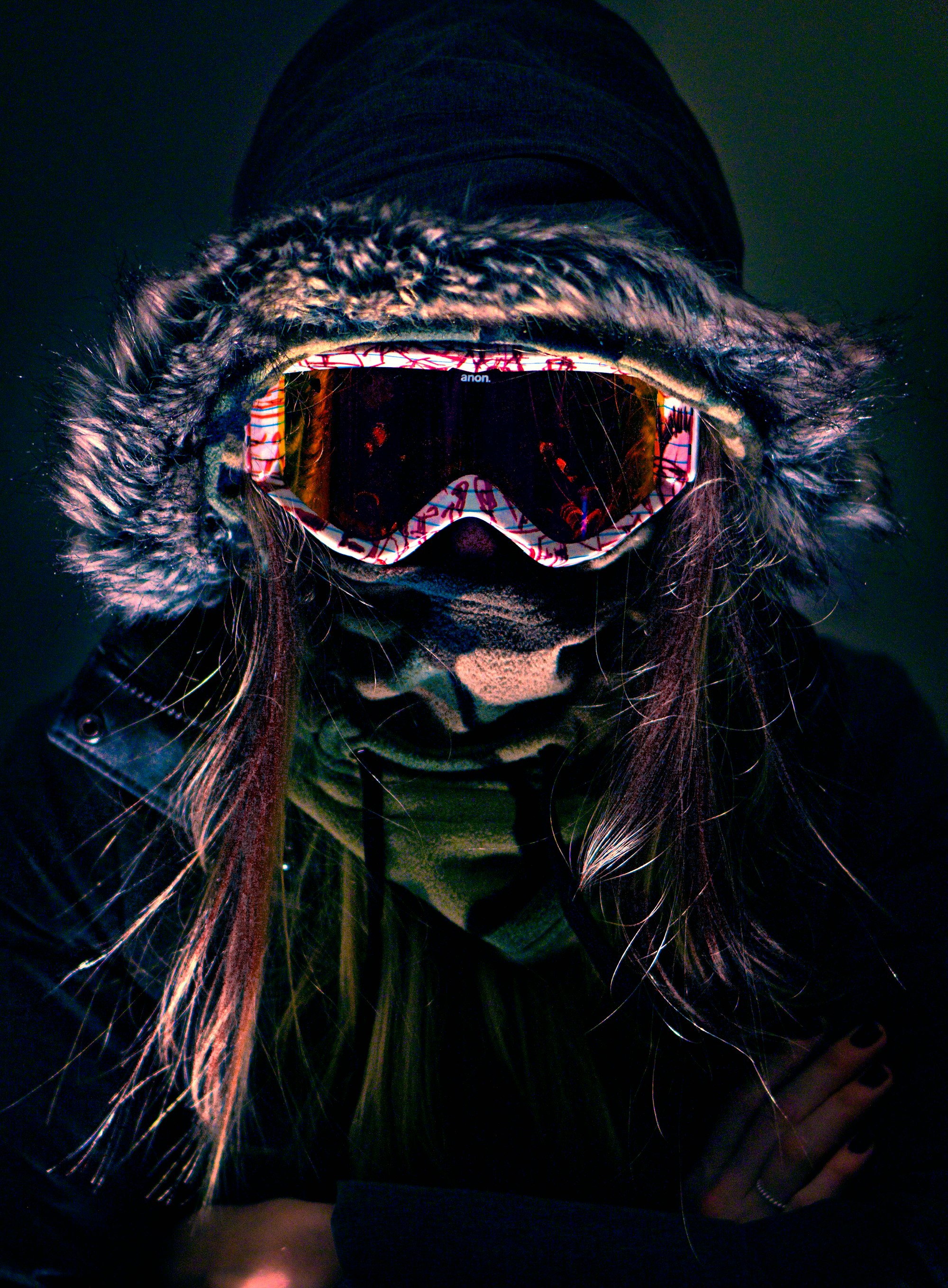
The Importance of Lens Swapping
Having the ability to change your lenses quickly is a significant advantage. Changing lenses to adapt to UV intensity and light conditions can enhance your skiing experience. Goggles designed with easy lens-swapping mechanisms are highly beneficial.
Protecting Your Investment
After purchasing different ski goggles, proper care is essential. Always use a soft cloth for cleaning and store them in a protective case. Avoid wiping the inside of the lens when wet to maintain the anti-fog coatings.
Considering Prescription Options
For those who wear prescription glasses, prescription inserts or OTG goggles are available. These options ensure you don't have to compromise on vision while enjoying snow sports.
Some Final Thoughts
Buying ski goggles involves more than picking a stylish pair. It's about finding the right balance between visibility, comfort, and protection. Consider lens types, UV protection, helmet compatibility, and weather adaptability to ensure you get the most out of your snow adventures.
How To Buy Ski Goggles
FAQ's
Can I wear ski goggles over my prescription glasses?
Yes, OTG (Over The Glasses) goggles are specifically designed to fit over prescription glasses comfortably.
How do I choose the right lens tint for different skiing conditions?
For bright, sunny conditions, a darker tint with less light transmission is ideal. For overcast or low-light conditions, a lighter tint that allows more light through is better.
What is the most important feature to look for in ski goggles?
The most important features are UV protection, anti-fog capabilities, and a comfortable fit with your helmet. Lens interchangeability is also a significant plus for varying conditions.
Why are ski goggles important, and how do they differ from regular sunglasses?
Ski goggles are essential for protecting your eyes from snow, wind, and harmful UV rays while skiing. Unlike regular sunglasses, ski goggles provide a snug fit to prevent cold air, snow, and glare from entering your eyes. They also feature anti-fog technology to maintain clear vision in varying weather conditions.
What should I look for in terms of interchangeable lenses when purchasing ski goggles?
When buying ski goggles, consider lens features such as UV protection, polarization, and anti-scratch coatings. Opt for lenses with interchangeable options for different light conditions. Mirrored lenses are excellent for bright, sunny days, while low-light lenses enhance visibility during overcast conditions.
How do I choose the right fit for my ski goggles?
Achieving a proper fit is crucial for comfort and performance. Look for ski goggles with adjustable straps and a snug yet comfortable frame. Goggles should seal well against your face to prevent cold air and snow from entering. Additionally, check for compatibility with your helmet to ensure a seamless integration.
Can I use any ski goggles for different weather conditions, or do I need multiple pairs?
While some goggles offer versatility with interchangeable lenses, having multiple pairs for different conditions is ideal. Clear or low-light lenses are suitable for overcast days, while darker lenses or those with a mirrored coating are best for bright, sunny conditions. Investing in a range of lenses ensures optimal visibility in various weather scenarios.
Are there specific features to consider for people who wear glasses while skiing?
Yes, there are ski goggles designed to accommodate glasses. Look for goggles with an OTG (Over-The-Glasses) design that provides extra space for eyeglasses. Additionally, ensure the goggles have good ventilation to prevent fogging and consider models with prescription inserts for a customized optical experience without compromising safety and comfort.
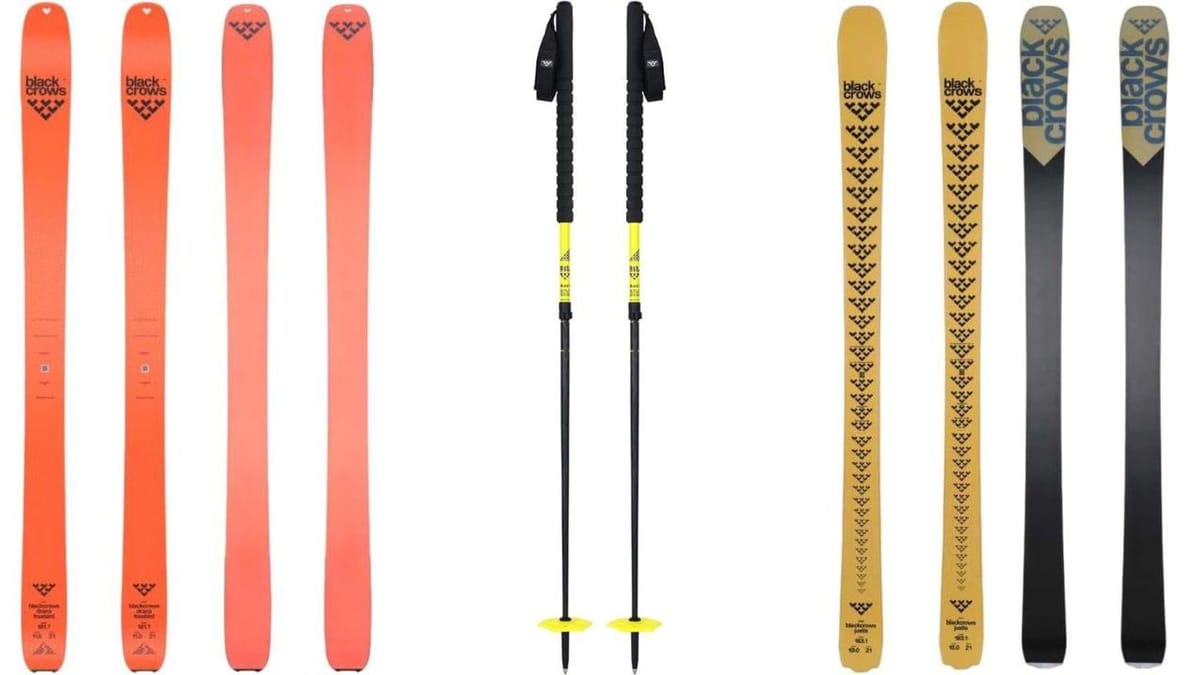

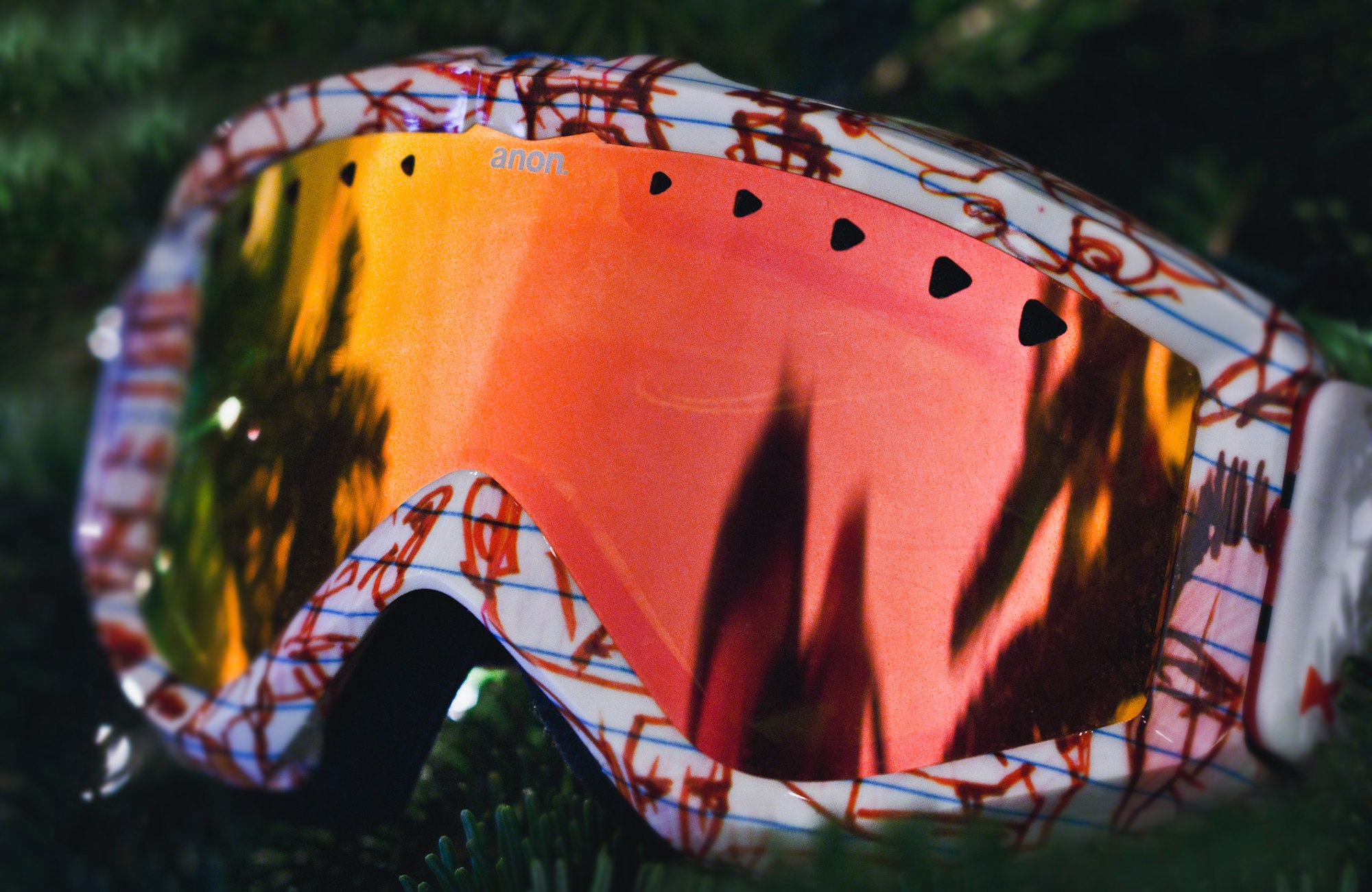




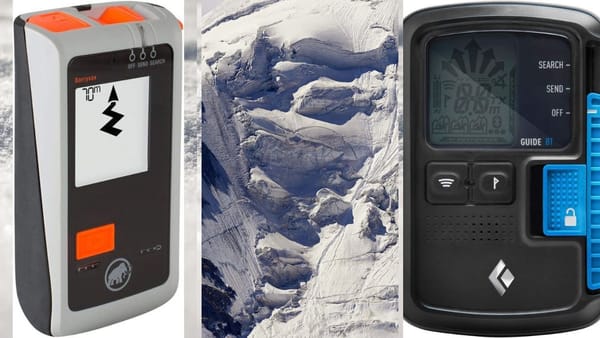
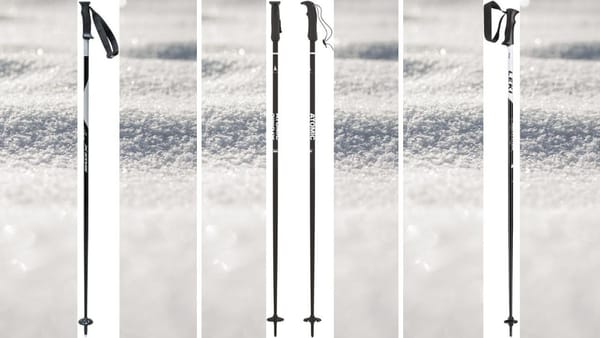



Member discussion